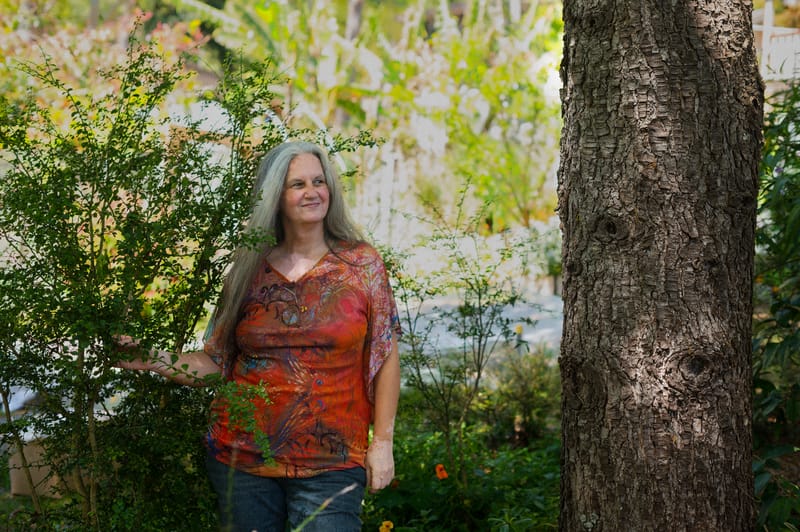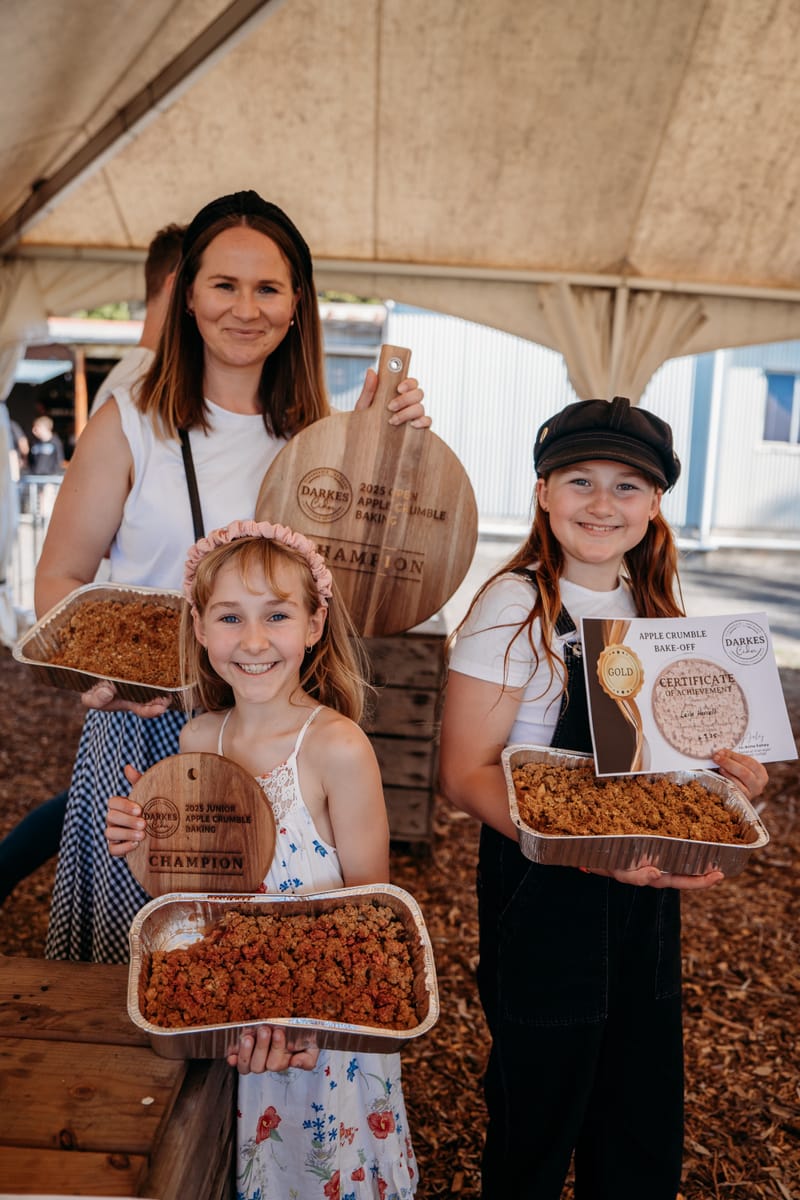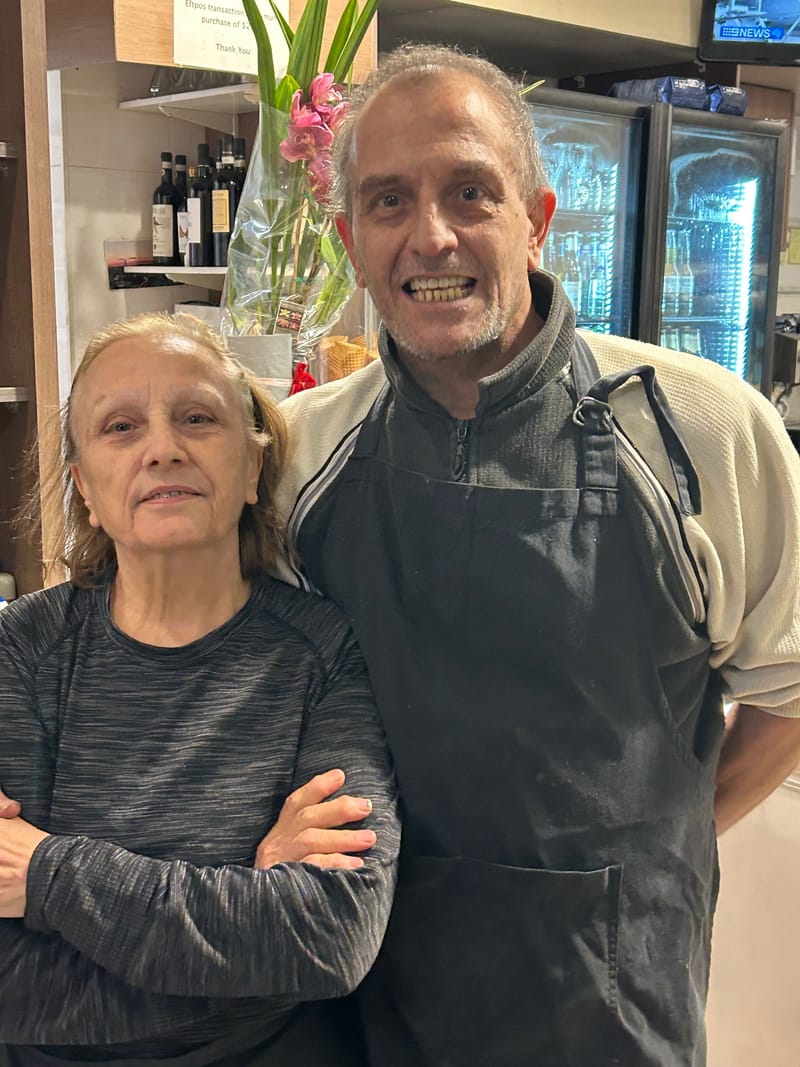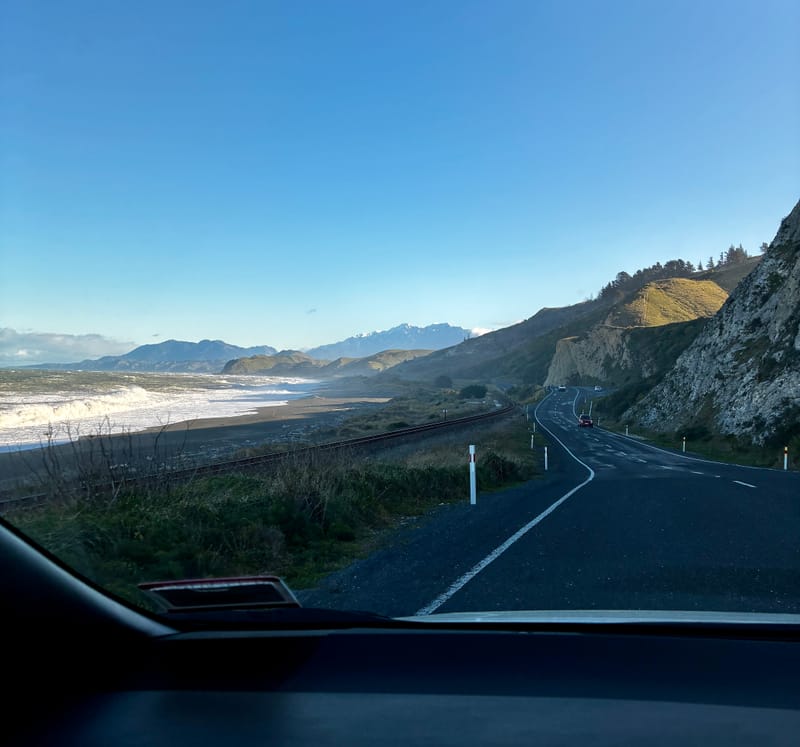Whole lobster love
You may have a noticed a small fishing vessel bobbing about in our bays on the swell in the past few months. It’s the BJ2, one of two boats (the other bigger vessel, the Junee, is based out of Kiama) belonging to the father-and-son team who have...
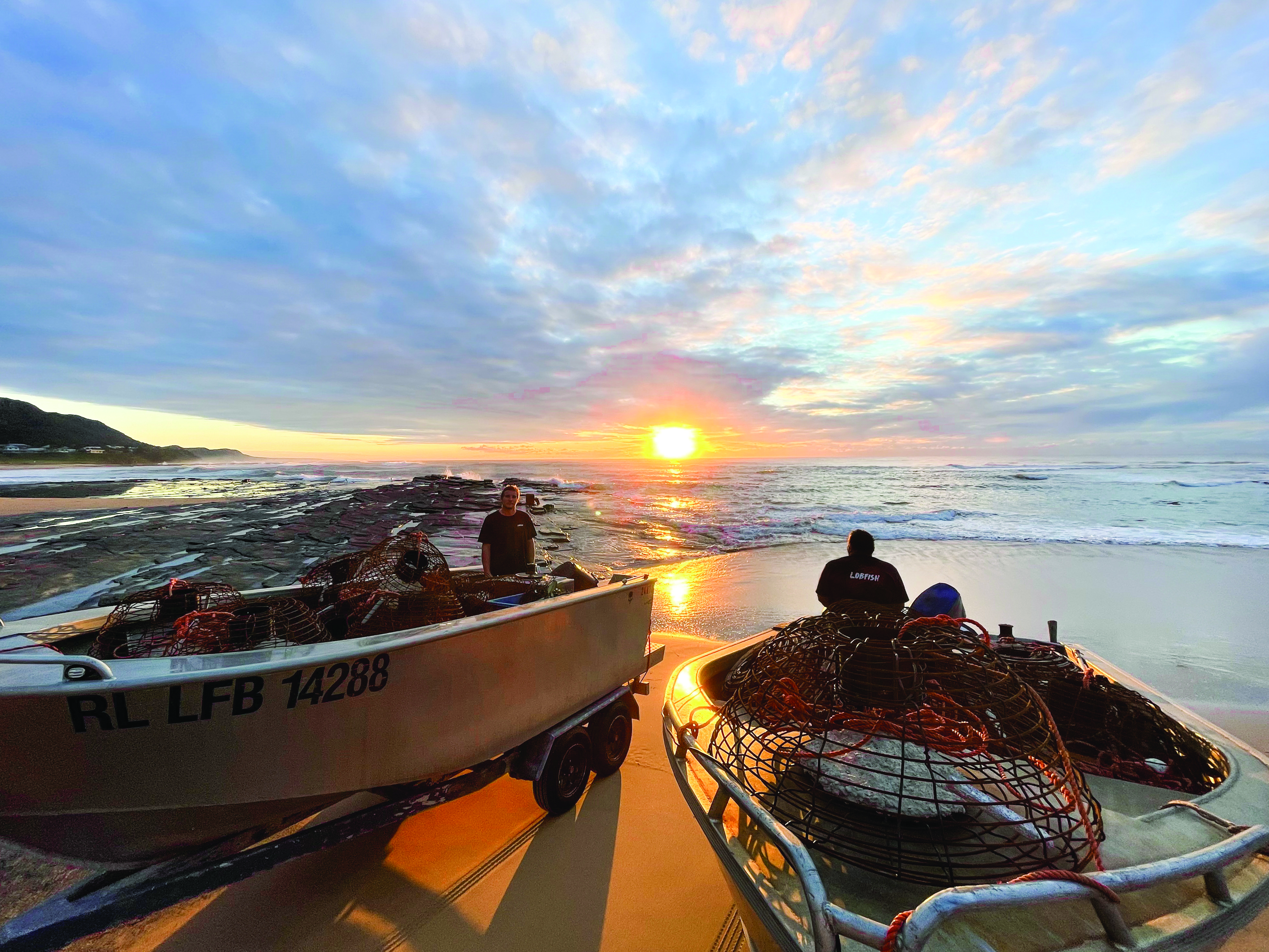
You may have a noticed a small fishing vessel bobbing about in our bays on the swell in the past few months. It’s the BJ2, one of two boats (the other bigger vessel, the Junee, is based out of Kiama) belonging to the father-and-son team who have rebranded the family lobster-catching business as Lobfish, in response to the double whammy of the collapse of the Chinese market and Covid.
Father Mark Horne has been a lobster fisherman from his home in Wombarra for 20 years, supplying the Sydney Fish Market. Son Bradley joined him five years ago. When the export market out of Sydney tanked, (pun intended), it was time for a rethink, coinciding with a fresh wave of residents moving to the Illawarra with an appetite for local and sustainable seafood.
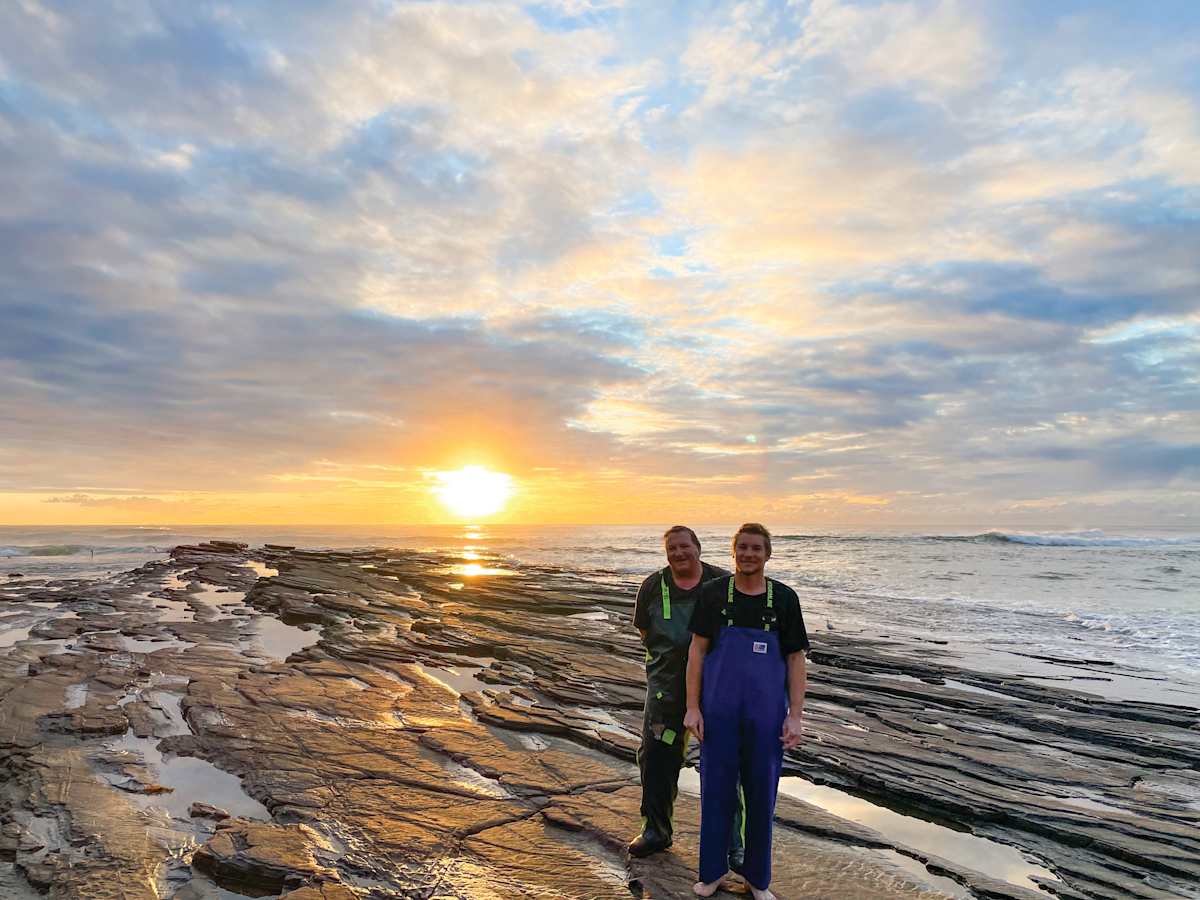
“The public created the awareness and the demand,” says Mark, admitting that he has been on a steep learning curve to meet consumer expectations. “They want to know where the lobster is from, is it caught sustainably, is the supply chain humane. We have a very positive story to tell.”
His pride and enthusiasm for the quality of local produce is infectious. Turns out that the bays and deeper water are the ideal environment to produce the juiciest, most tender specimens, thanks to careful husbandry of fishing quotas.
“Back in the 90s, numbers were depleted, but they have been built up by protecting the breeding stock and putting a limit on the upper size of what is caught. From Coalcliff to Sandon Point, stocks are at their best in over 30 years.”
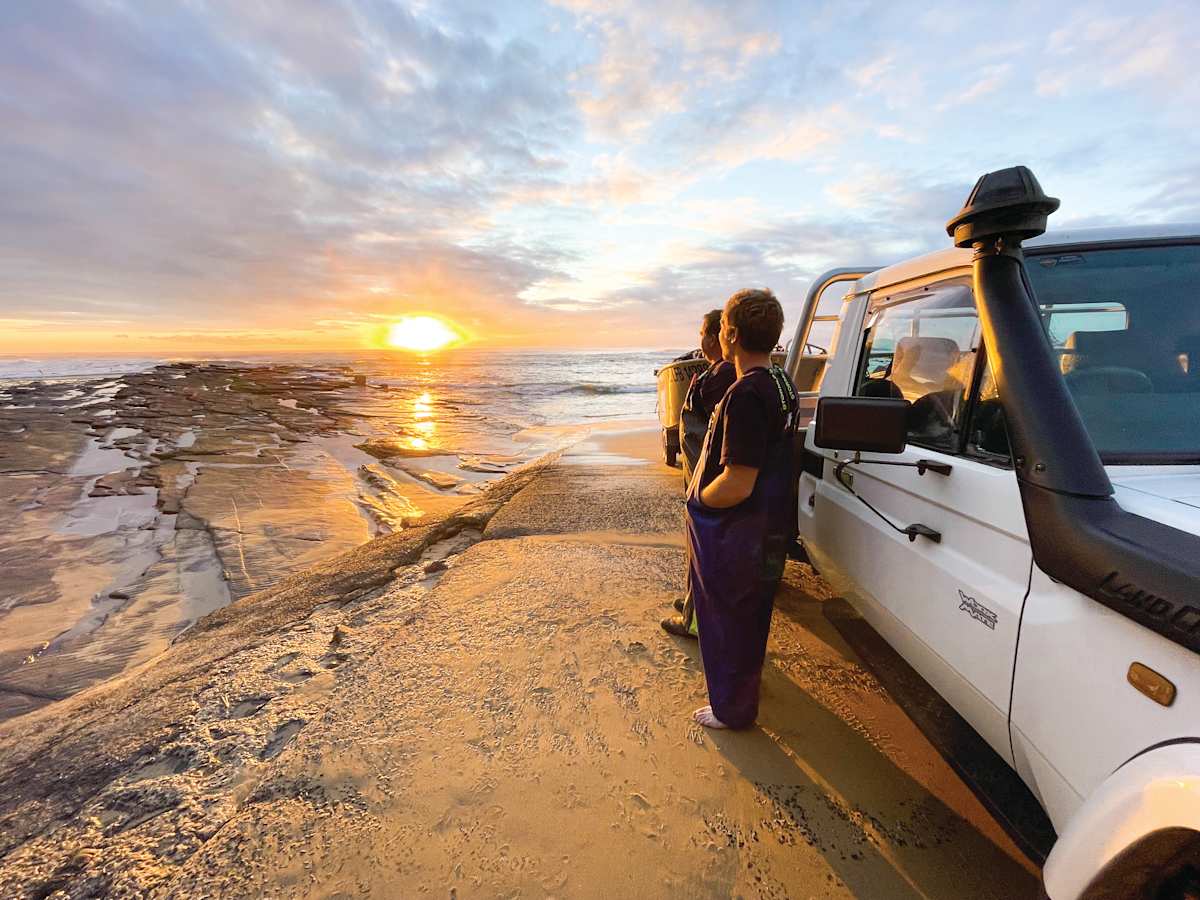
The Lobfish day is long, starting at 3am preparing the bait of salmon or ocean mullet, and going out for up to 12 hours, followed by marketing (with the help of Bradley’s partner Rachel Hardy, who came up with the logo and manages the brand’s presence on Instagram) and deliveries.
Consumers can choose to have their lobster live or cooked. Orders are taken online, three days ahead.
To date, 25 per cent of Lobfish’s business is in direct sales to the public, 25 to local restaurants including Beaches at Thirroul, and 50 per cent to the Sydney Fish Market.
“Our most popular with local customers is the small and medium sizes. Larger lobsters suit cultural events like big Asian weddings.
“We love it when clients are brave enough to buy the lobster green, we explain how to euthanase it gently in the freezer, which keeps the flesh tender – if you stress any animal, that is reflected in the texture of the meat, whether it’s lobster or beef.
“My favourite way to eat it is the simplest – cooked on the barbie or slowly baked with butter to keep it moist.”
Gourmet cooking does not get tastier than that.
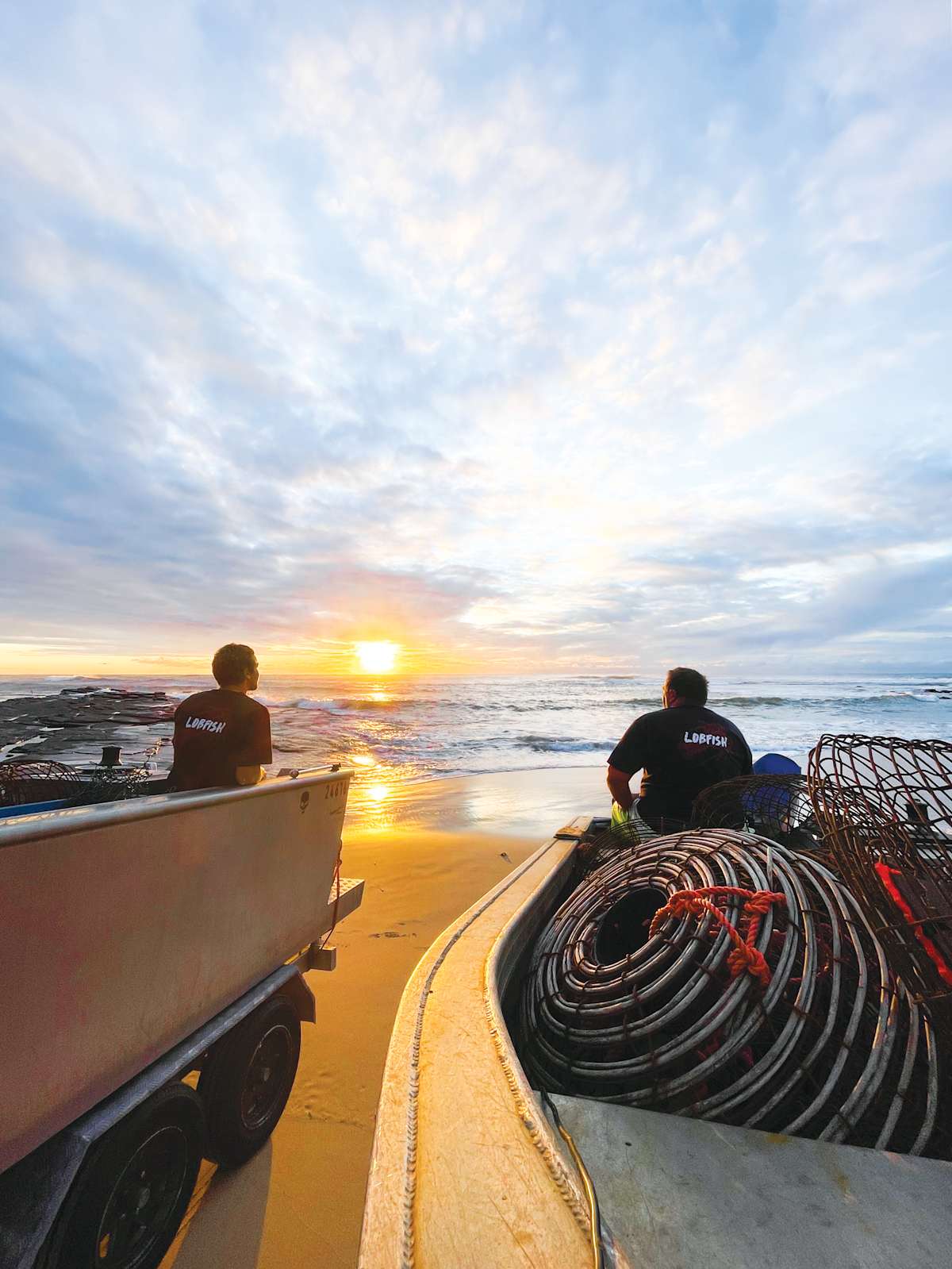
ABOUT THE AUTHOR
Caroline Baum is an author, journalist and the host of the Life Sentences podcast. She is also an enthusiastic home cook. Caroline made mayonnaise from scratch to enjoy her Lobfish lobster. A medium size was enough for three people.


